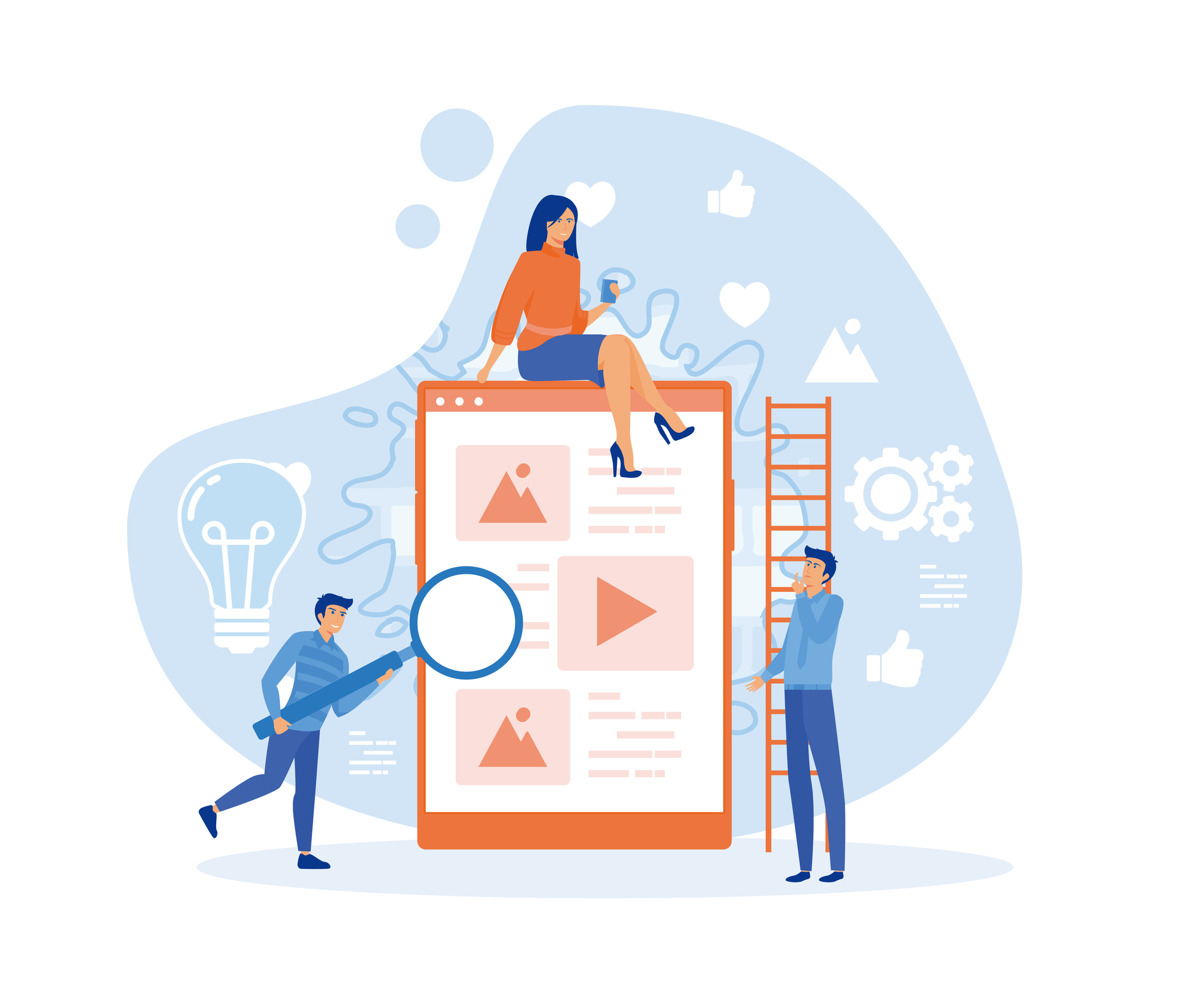Combining content marketing with advertising can significantly enhance your marketing efforts. Here’s why this duo is powerful and how to leverage it for success in 2024:

Why They Work Well Together
- Enhanced Reach: Content marketing helps build trust and authority, while advertising amplifies this content to reach a broader audience. This combination ensures that your message is seen by more potential customers.
- Increased Credibility: High-quality content establishes your brand as a thought leader. When this content is promoted through ads, it reinforces your credibility and attracts more engaged and qualified leads.
- Better Targeting: Content marketing attracts organic traffic, and ads can ensure that this content reaches the right audience at the right time, enhancing the effectiveness of both strategies.
How to Combine Them
- Create Valuable Content: Develop blog posts, videos, infographics, and other content that addresses your audience’s pain points and interests. This content should be informative, engaging, and aligned with your brand’s voice and goals.
- Promote Content with Ads: Use social media ads, Google Ads, and native advertising to promote your best content. This will drive traffic to your site and increase engagement. Platforms like LinkedIn are excellent for reaching B2B audiences, while Facebook and Instagram can target consumers effectively.
- Retargeting Campaigns: Implement retargeting ads to reach users who have engaged with your content but haven’t converted yet. Retargeting can remind them of the value your content offers and encourage them to take the next step.
- Measure and Adjust: Use analytics tools to track the performance of both your content and ads. Adjust your strategies based on what’s working best to ensure maximum impact. Tools like SEMrush and Google Analytics can provide detailed insights into performance metrics.
Combining content marketing with advertising offers a powerful approach for 2024. By creating valuable content and promoting it through targeted ads, businesses can amplify their reach and engagement. This integrated strategy enhances credibility, drives more qualified traffic, and maximizes marketing ROI. By continuously measuring performance and adjusting tactics, companies can stay ahead in the competitive landscape and achieve their marketing goals more effectively.





